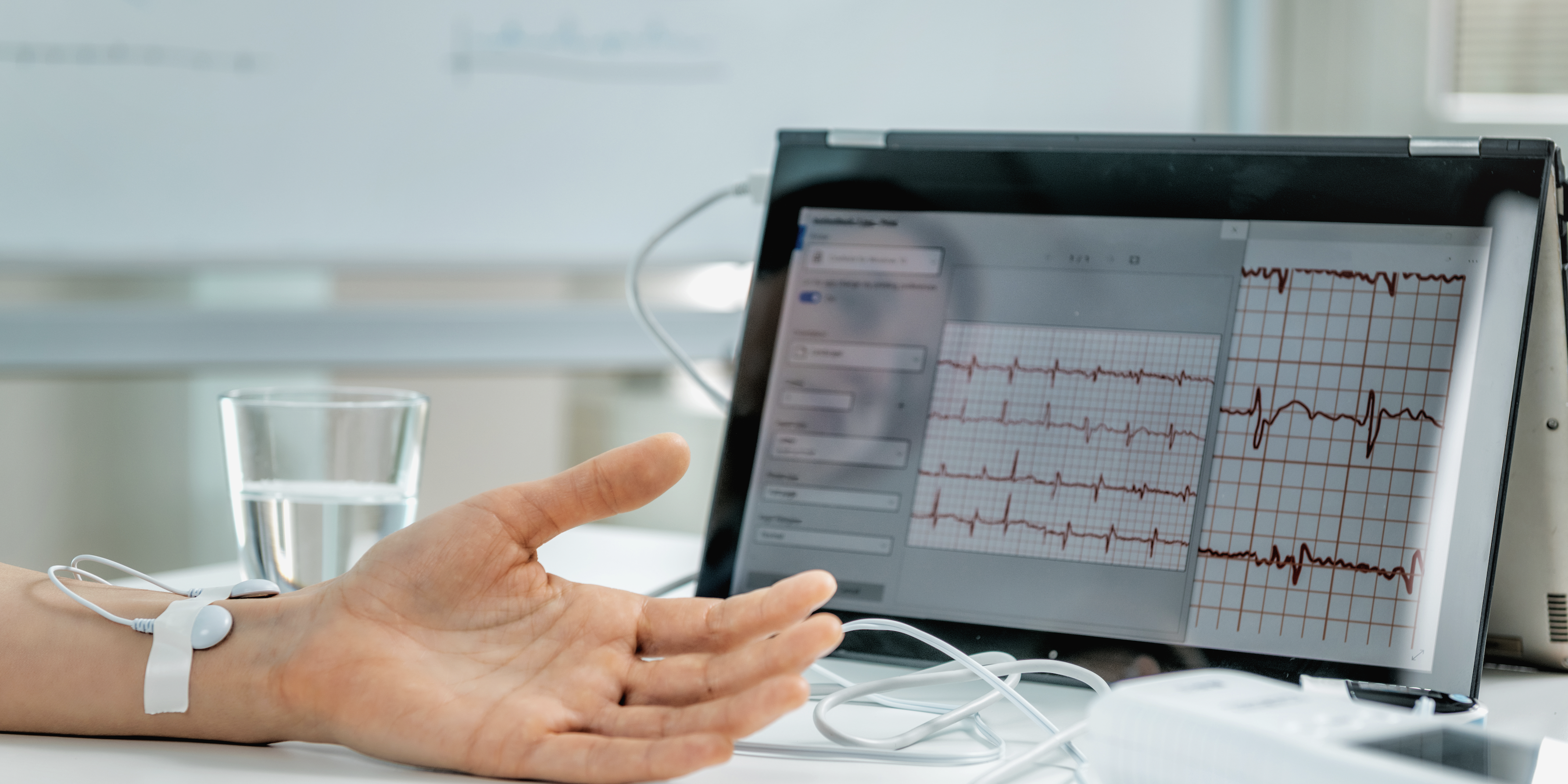Biofeedback in the physical therapy setting is a tool that can be used to retrain the body to activate and relax muscles more effectively for improved strengthening as well as decreased muscle spasticity. At Synergy, the two methods we utilize to incorporate biofeedback into pelvic physical therapy is with the use of ultrasound as well as internal pelvic sensors.
Who may benefit from biofeedback?
Patients that may benefit from pelvic biofeedback include:
- Difficulty actively engaging or relaxing core muscles
- High resting tone of pelvic floor which may contribute to pain or urinary retention
- Visual learners that perform well with visual feedback of their muscle activity
How can biofeedback help me?
Ultrasound
Ultrasound uses an external wand to image the pelvic floor and bladder, typically just above the pubic bone, which can then be seen on an Ipad. The patient will be able to see if their bladder demonstrates proper filling, any torsion or imbalance in pelvic floor activation, and ability to contract or relax the muscles of the pelvic floor. This can be used help patients improve core and pelvic floor activation during exercises.
Internal Pelvic Biofeedback
Internal biofeedback utilizes a sensor that is inserted into the vagina like a tampon. The sensor measures electrical conductivity of the muscles both at rest and during activation. The patient will be able to see a visual representation of the electrical activity of the muscle in a graph on the computer screen. Typically, healthy pelvic floor muscles will demonstrate very low conductivity at rest, but a patient with an underlying pelvic condition or increased spasticity will often demonstrate higher than normal resting tone. This biofeedback can be used to help train patients to better relax and contract their pelvic floor muscles, and can be performed concurrently with internal myofascial release or without internal myofascial release.



